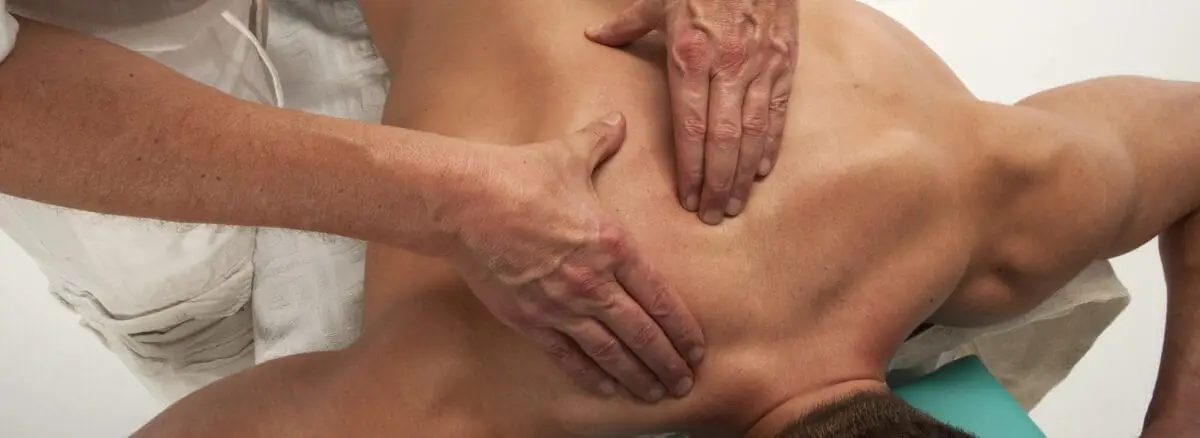Lymphatic drainage Calgary, also known as manual lymphatic drainage, is a delicate massage technique designed to reduce painful swelling in the arms and legs due to lymphedema. This condition is particularly common among individuals recovering from breast cancer surgery.
What Is Lymphedema?
Lymphedema arises from disruptions in the lymphatic system, which is integral to both the immune and circulatory systems. The most frequent cause of this condition is the removal or damage of lymph nodes as a result of cancer treatments.
The primary symptom of lymphedema is noticeable swelling in an arm or leg, often accompanied by pain or discomfort. To manage these symptoms and improve quality of life, several treatments are available. Regular exercise can help maintain fluid movement and reduce swelling.
Lymphedema: Signs and Symptoms
Lymphedema is characterized by several indicators that can vary in severity, from mild to severe, and may develop gradually. The signs and symptoms of lymphedema include:
- Swelling: This can affect a part of or the entire arm or leg, extending to the fingers or toes.
- Sensation of Heaviness or Tightness: Individuals often describe a feeling of heaviness or tightness in the affected limbs.
- Restricted Movement: There may be a decreased range of motion in the affected areas, making daily activities more challenging.
- Recurring Infections: The affected area is more prone to infections due to compromised lymphatic function.
- Skin Changes: Over time, the skin may become harder and thicker, a condition known as fibrosis.
It’s important to note that lymphedema related to cancer treatment might not manifest until months or even years after the therapy has concluded. This delayed onset makes monitoring for symptoms crucial for early detection and management.
What Is Lymphatic Drainage?
Lymphatic drainage massage, often referred to as manual lymphatic drainage, is a therapeutic technique used to treat lymphedema. This condition results from the buildup of lymph fluid in specific body areas when it’s not properly drained.
The purpose of lymphatic massage is to promote the movement of lymph fluid, helping to alleviate swelling. The technique involves massaging areas that are not swollen to facilitate the drainage of fluid from more congested parts.
During a lymphatic drainage massage, a therapist employs specialized techniques to gently encourage the movement of lymph from the tissues toward the lymph nodes. This process helps alleviate the swelling and discomfort associated with lymphedema.
Additionally, specific machines are available that can enhance the effectiveness of this therapy, delivering improved results by aiding in more efficient lymph movement.
Types Of Lymphatic Drainage
Lymphatic drainage is available in two forms:
- Manual: This is administered by a trained therapist.
- Simple: Instead of attempting this technique on your own, we recommend having it performed by a specialist like us to ensure it is done correctly.
We encourage those interested in simple lymphatic drainage to seek treatment from our specialists, who are trained to apply the proper techniques and pressure to maximize the benefits of the massage.
The Benefits of Lymphatic Massage
Lymphatic massage, a therapeutic approach often known as manual lymphatic drainage, serves as an effective treatment for managing and reducing lymphatic fluid buildup. This specialized massage technique is particularly advantageous for individuals experiencing conditions that disrupt the normal function of the lymphatic system. Below are detailed scenarios in which lymphatic massage can be beneficial:
Cancer and Related Treatments
Individuals undergoing cancer treatments that include the removal of lymph nodes often experience lymphedema. Since lymph nodes play a critical role in the lymphatic system by filtering fluid, their removal can cause significant fluid accumulation in the body.
Parasitic Infections (Filariasis)
Filariasis is a serious health condition caused by parasitic worms, which are transmitted by mosquito bites. These parasites lodge in the lymphatic system, causing severe swelling and pain. Lymphatic massage can help alleviate these symptoms by facilitating the flow of lymph fluid.
Vascular Surgeries
Surgical interventions like vein stripping, which involve the removal or alteration of major veins, can lead to lymphatic disruption. Post-surgery, lymphatic massage can aid in reducing swelling and improving lymph flow in the affected areas.
Post-Burn Scar Excision
The excision of burn scars involves removing damaged tissue, which can affect nearby lymphatic pathways. Lymphatic massage is beneficial in these cases to enhance lymphatic circulation and prevent fluid buildup around the scarred areas.
Lipectomy Procedures
In lipectomy, fat is surgically removed from the body, potentially disrupting normal lymphatic drainage patterns. Postoperative lymphatic massage helps to normalize the flow of lymph and reduce swelling in the treated areas.
Potential Risks and Considerations for Lymphatic Drainage Massage
Lymphatic drainage massage is widely recognized as a safe and effective method for alleviating symptoms of lymphedema. However, there are specific health conditions and situations where lymphatic drainage massage may not be advisable:
Heart Conditions: Individuals with heart problems should be cautious, as lymphatic drainage massage influences fluid movement throughout the body, which can affect blood pressure and heart function.
Kidney Failure: Those suffering from kidney failure need to manage fluid levels carefully. Lymphatic drainage massage, which mobilizes fluid, could potentially overload a compromised kidney system.
Blood Clots: If you have blood clots, there is a risk that increased circulation from the massage could dislodge a clot, leading to severe complications.
Infections: Massaging areas that are infected can spread the infection to other parts of the body or worsen the local condition.
Before considering lymphatic drainage massage, it is crucial to consult with your healthcare provider, especially if you have concerns that your physical health conditions might interact negatively with this therapy.
Such discussions will help determine whether lymphatic drainage massage is a safe option for you, and if so, how to proceed safely given your specific health circumstances.
The Effectiveness of Lymphatic Drainage Massage
To determine the effectiveness of lymphatic drainage massages, one should primarily look for a reduction in swelling. At a minimum, the swelling should not worsen. Regular visits to a healthcare provider can help monitor the effectiveness of the treatment and ensure it meets the individual’s needs.
For those managing lymphedema, it is crucial to consistently use compression garments like socks or sleeves to mitigate swelling.
Moreover, supporting the lymphatic system’s health can also be achieved through lifestyle adjustments. Drinking plenty of water helps maintain the body’s fluid balance, which is essential for effective lymphatic function. Engaging in regular physical activity encourages lymph circulation, and a diet rich in fruits and vegetables while minimizing processed foods can decrease the body’s toxin load, aiding the lymphatic system in efficient waste removal.
Understanding the Impact of Lymphatic Drainage Massage on Lymphedema
Lymphatic drainage massages may not provide immediate results in treating lymphedema. The process can be gradual, and it’s important to have realistic expectations. If you undergo several sessions and do not observe any improvements, it’s advisable to consult with your healthcare provider. They can assess the situation and may recommend alternative treatments if lymphatic drainage massage is not effectively addressing your symptoms. This step ensures that you explore all possible options to manage and potentially alleviate your lymphedema effectively.
When to Consult Your Healthcare Provider During Lymphatic Drainage Massage
It’s important to contact your healthcare provider if you notice that your lymphedema is worsening while undergoing lymphatic drainage massage. Prompt communication with your provider is crucial to assess and adjust your treatment plan accordingly.
Important Note
The effectiveness of lymphatic drainage massages is currently being explored by healthcare professionals. Preliminary studies suggest that individuals under the age of 60 may derive significant benefits from this therapy.



